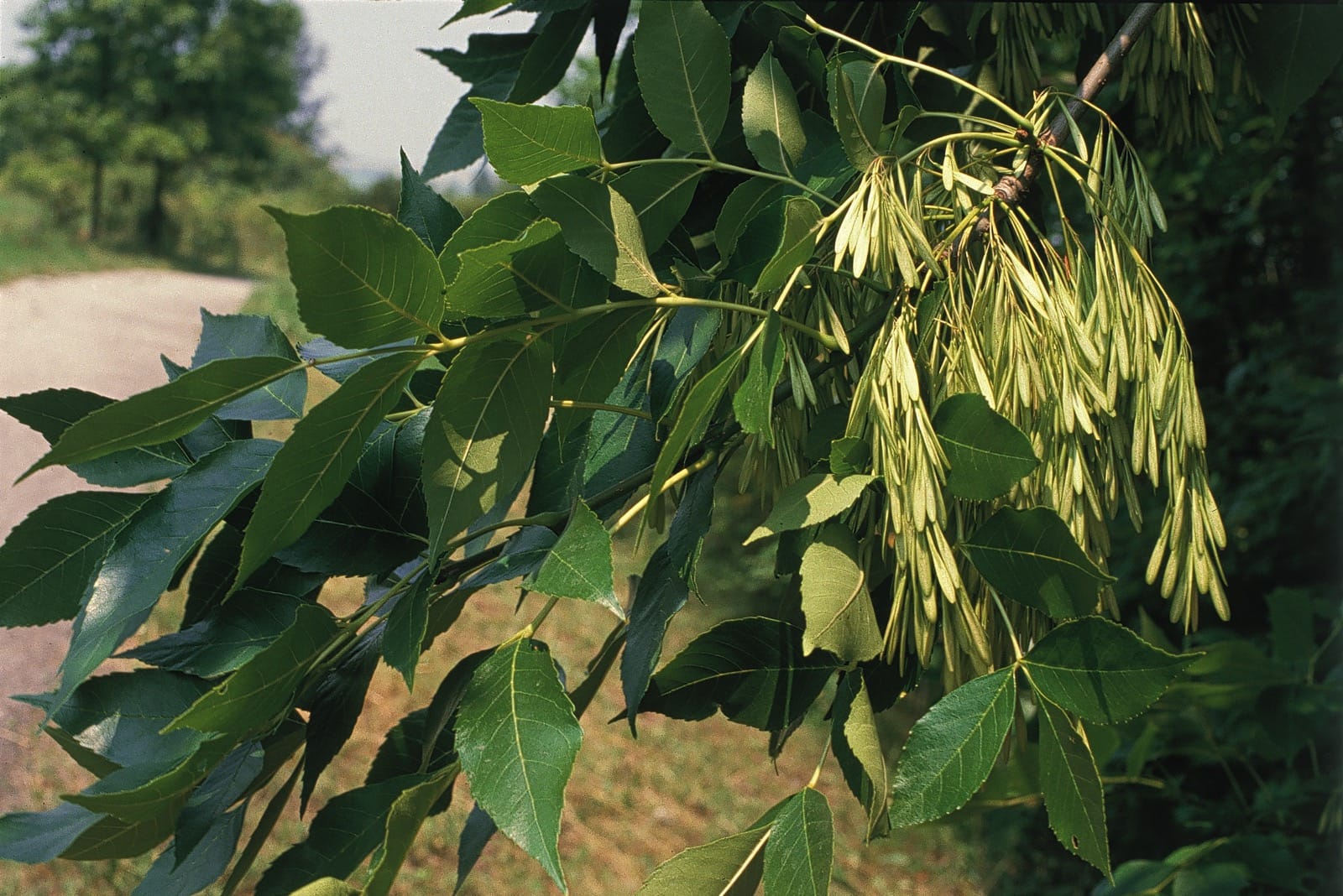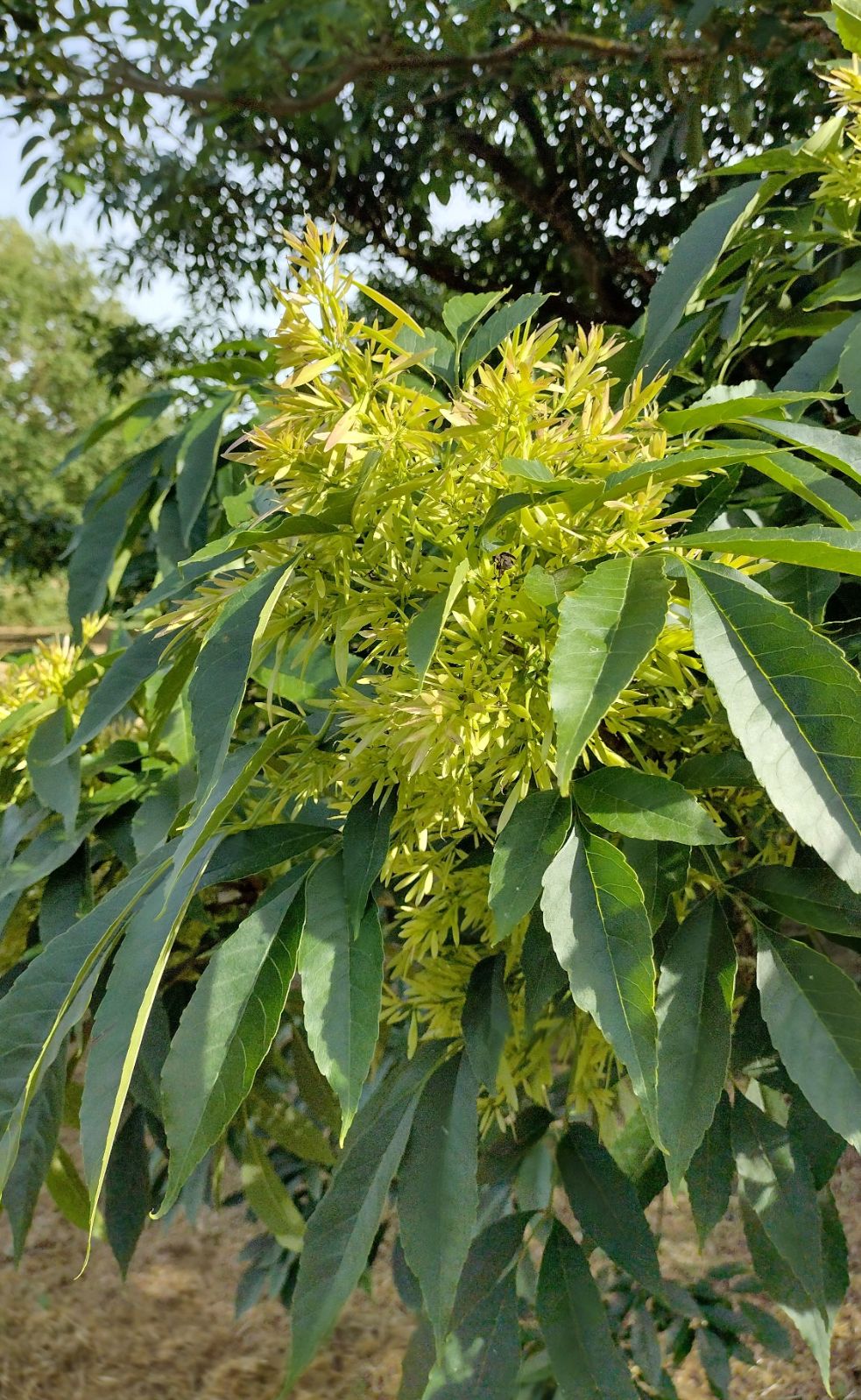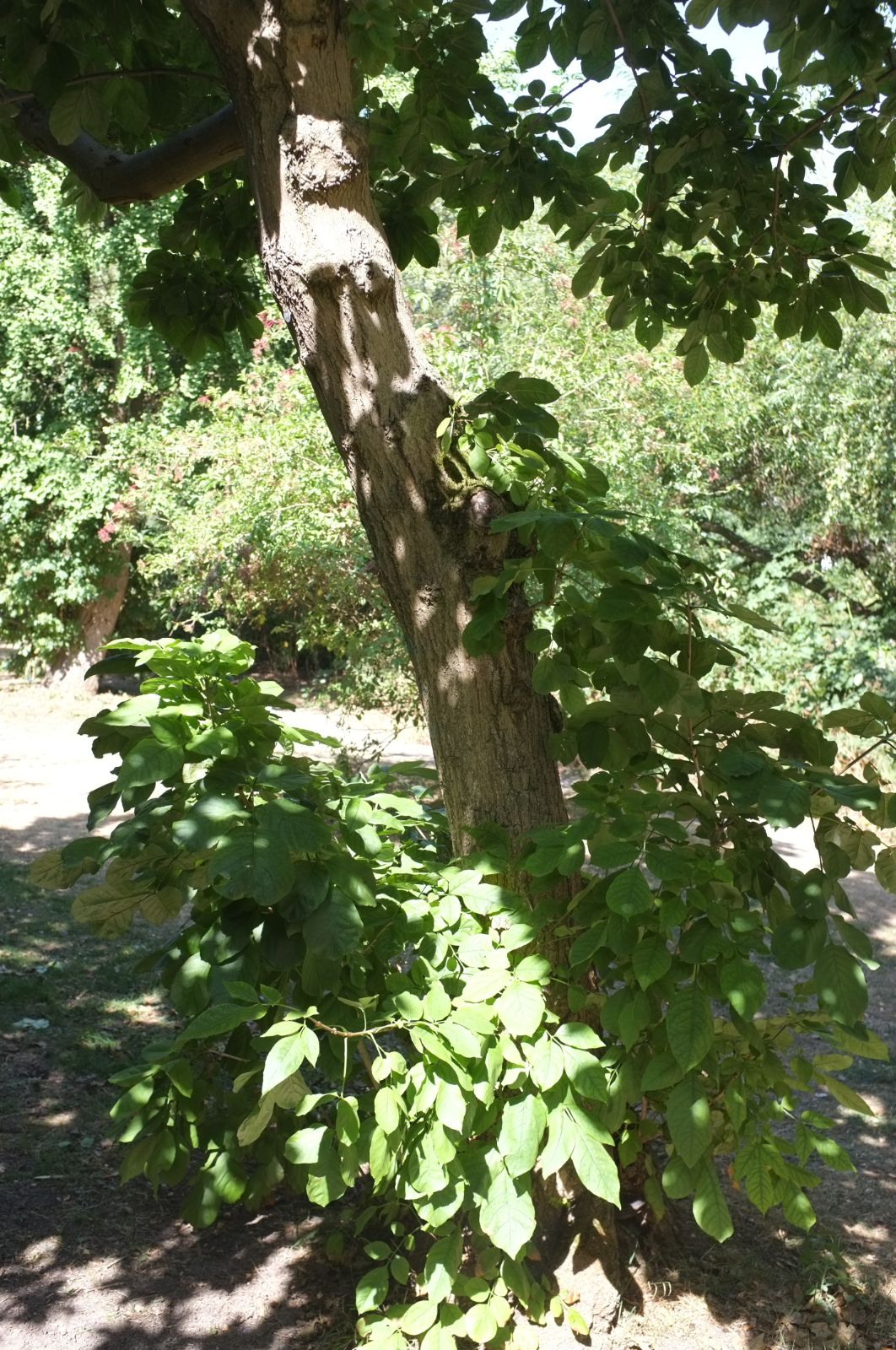Fraxinus chinensis
Credits
Article from Bean's Trees and Shrubs Hardy in the British Isles
Article from New Trees by John Grimshaw & Ross Bayton
Recommended citation
'Fraxinus chinensis' from the website Trees and Shrubs Online (treesandshrubsonline.
Genus
Infraspecifics
Other taxa in genus
- Fraxinus americana
- Fraxinus angustifolia
- Fraxinus anomala
- Fraxinus biltmoreana
- Fraxinus bungeana
- Fraxinus caroliniana
- Fraxinus cuspidata
- Fraxinus dipetala
- Fraxinus elonza
- Fraxinus excelsior
- Fraxinus floribunda
- Fraxinus griffithii
- Fraxinus holotricha
- Fraxinus lanuginosa
- Fraxinus latifolia
- Fraxinus longicuspis
- Fraxinus mandshurica
- Fraxinus mariesii
- Fraxinus nigra
- Fraxinus obliqua
- Fraxinus ornus
- Fraxinus oxycarpa
- Fraxinus pallisiae
- Fraxinus paxiana
- Fraxinus pennsylvanica
- Fraxinus platypoda
- Fraxinus pubinervis
- Fraxinus quadrangulata
- Fraxinus rotundifolia
- Fraxinus sieboldiana
- Fraxinus sogdiana
- Fraxinus spaethiana
- Fraxinus syriaca
- Fraxinus texensis
- Fraxinus tomentosa
- Fraxinus 'Veltheimii'
- Fraxinus velutina
- Fraxinus xanthoxyloides
It is doubtful whether this species, in its typical state, is in cultivation in the British Isles, but the following variety is sometimes met with in gardens:
From the Supplement (Vol. V)
The following belong to F. chinensis in the broad sense: Kew, pl. 1898, 36 × 31⁄2 ft (1984) and 20 × 11⁄4 ft (1978); Hillier Arboretum, Ampfield, Hants, 23 × 11⁄2 ft (1983); Edinburgh Botanic Garden from F. 21244, 30 × 31⁄2 ft (1984).
From New Trees
Fraxinus chinensis Roxb.
Synonyms: F. japonica Blume ex K. Koch, F. rhynchophylla Hance, F. sargentiana Lingelsh.
Tree 3–20 m. Branchlets glabrous to tomentose; buds covered with brown tomentum or glandular hairs. Leaves deciduous, imparipinnate, 12–35 cm long; leaflets three to seven (to nine), ovate to lanceolate or elliptic, 4–16 × 2–7 cm, papery, glabrous or with small hairs, 5–10 secondary veins on each side of the midrib, margins regularly serrate or entire in the lower half, apex acute to long-acuminate or caudate; petiolule 0.2–1.5 cm long; petioles 3–9 cm long; rachis initially pubescent, densely tomentose or glabrous at point of leaflet attachment. Dioecious; inflorescences paniculate, terminal or axillary on current growth, 5–10 cm long. Flowers opening in spring as leaves unfurl; staminate flowers congested, calyx cup-shaped, corolla absent; pistillate flowers lax, calyx tubular, corolla absent. Fruit a spathulate samara, 2.5–4 × 0.3–1.5 cm. Flowering April to May, fruiting July to October (China). Chang et al. 1996. Distribution CHINA; JAPAN; NORTH KOREA; RUSSIAN FEDERATION; SOUTH KOREA; VIETNAM. Habitat Montane woodland and roadsides between 800 and 2300 m asl. USDA Hardiness Zone 5. Conservation status Not evaluated. Illustration Chang et al. 1996; NT373. Cross-references B213, K86. Taxonomic note Flora of China recognises subsp. chinensis and subsp. rhynchophylla (Hance) E. Murray, which differ primarily in the shape and size of the terminal leaflet (Chang et al. 1996), but their ranges overlap across wide areas of their vast distributions and they are (wisely) combined by Wallander & Albert (2000).
Bean (1981a) reported that Fraxinus chinensis (i.e. subsp. chinensis) was not in cultivation at the time of his writing, but that subsp. rhynchophylla had been introduced to the Arnold Arboretum in 1881. A few older trees in cultivation are assigned to subsp. rhynchophylla – among them the British champion at Stanmer Park, East Sussex, planted in 1964 and recorded as being 16 m (33 cm dbh) in 2002 (TROBI), as well as mature trees in the Arnold and Morton Arboreta and probably elsewhere in the United States. In recent years F. chinensis (s.l.) has been collected quite frequently (by NACPEC and SICH, for example, and other expeditions and travellers in all parts of China), and in consequence young trees are quite common in arboreta across our area. This makes it possible to observe the wide range of variation in leaflet size and shape found in wild populations of F. chinensis, faithfully reproduced in even small groups of trees in Western arboreta, however labelled. It seems to be a good hardy tree and the foliage is handsome, especially in some individuals with particularly large leaves. One leaf measured at Edinburgh, from a young tree labelled subsp. rhynchophylla, from Jilin, was 49 cm long, with a terminal leaflet 21 11 cm. The Royal Botanic Garden Edinburgh also grows a tree labelled var. acuminata Lingelsh. (another name now sunk into the undivided species), collected by George Forrest (F 21355), in which the leaflets are narrower than most. This specimen is now 15 m tall (50 cm dbh) and has good grey bark. The crown is rounded, and although somewhat sparse, reminds us that this species is capable of becoming quite a large tree.
var. rhyncophylla (Hance) Hemsl.
Synonyms
F. rhyncophylla Hance
F. bungeana Hance, not DC



